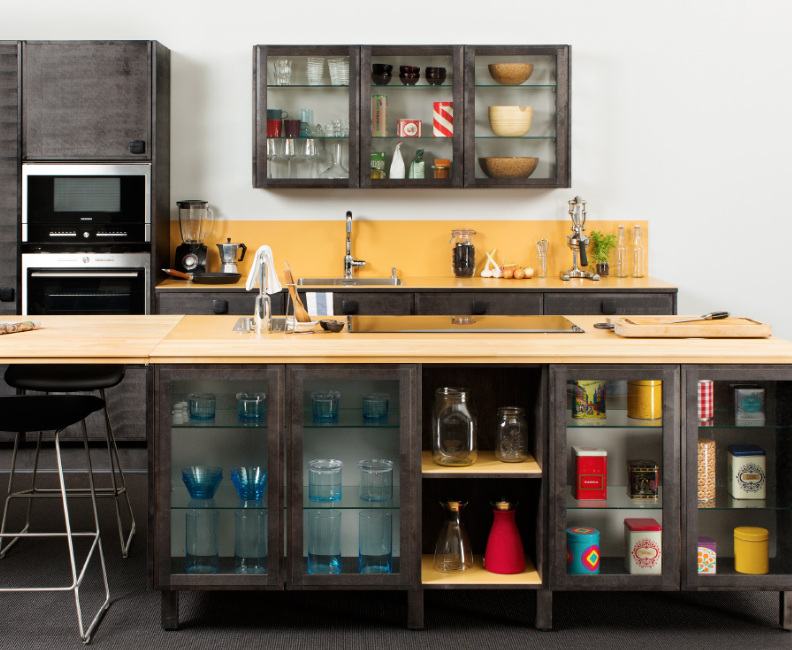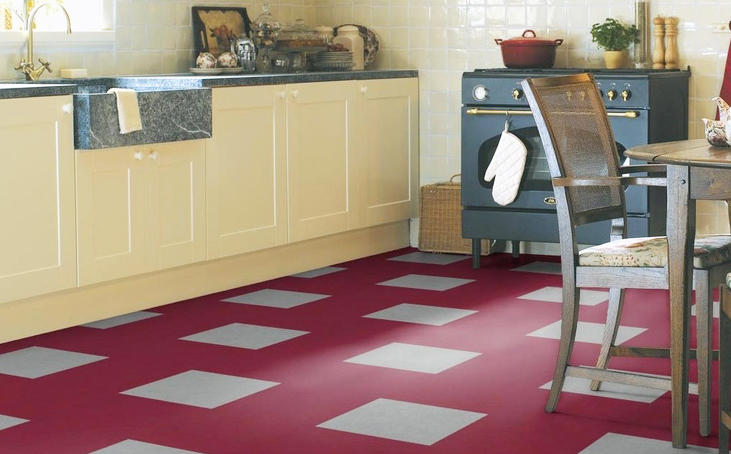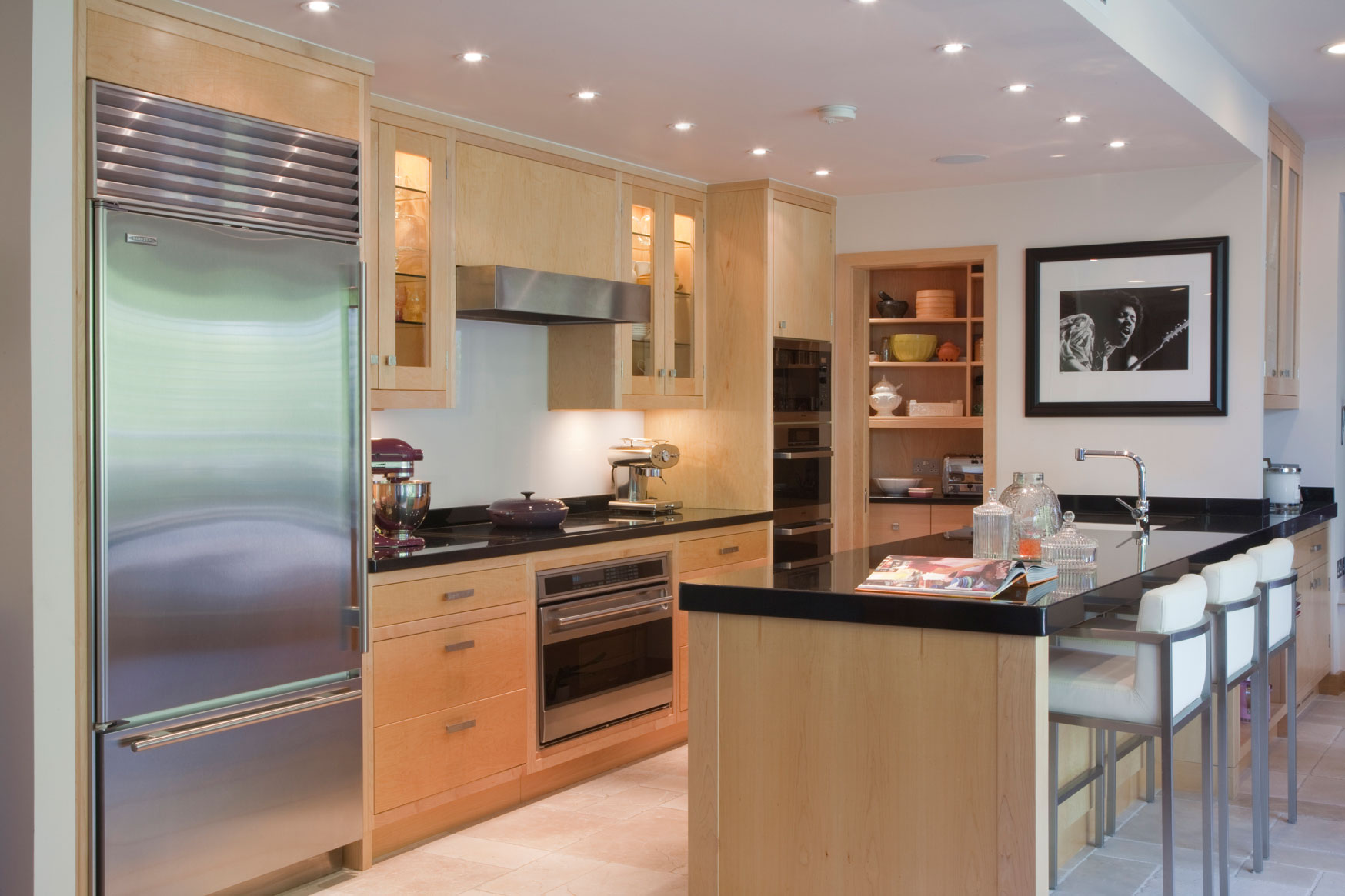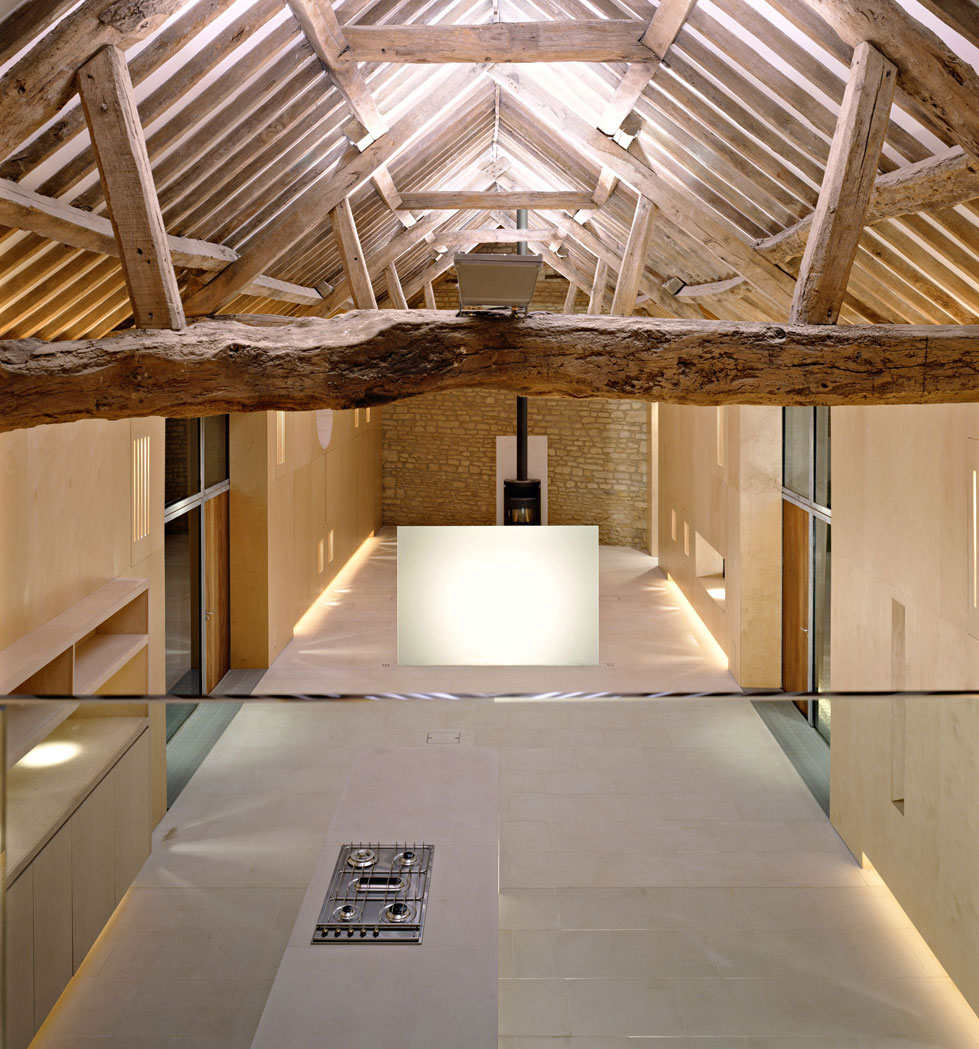How to achieve an eco-friendly kitchen
Whether you invest your life savings in a luxury one, or you do it on a shoestring, you can make sure your kitchen doesn't leave a giant-sized carbon footprint in its wake

Kitchens can be tricky if you want to be super eco. Avoid MDF if you can - plywood is a better alternative for units. Choose low energy LED lighting, AAA+ rated appliances; for floors and counter tops get the most environmentally-friendly material you can afford. For the former, wood, cork, natural rubber or a poured bio floor are options; for the latter Resilica recycled glass worktops are beautiful and hardwearing, as is Eco by Cosentino, a solid surface made from recycled materials. Pictured above: Shaker style wood kitchen from Mereway Kitchens Ltd
Mercifully the days are over of us ripping out the existing kitchen regardless of its condition and dumping it in a skip the minute we move into a new house. In part that's because kitchens are expensive..and often very expensive..and partly because we're getting the message that if it ain't broke, don't fix it.
That said, kitchens don't last forever so do need replacing. And because it's a major purchase, we need to choose one that won't date quickly and will stand up to years of wear and tear. And while it's not the first question on everyone's lips, many of us want to know about a kitchen's eco credentials.
However, it's not always clear what constitutes an eco-friendly kitchen, especially if we want to go to a high street brand for a fairly speedy and easy service.
Nicky Spear at Bristol-based Sustainable Kitchens says an eco-friendly kitchen probably isn't one that's made from MDF (medium density fibreboard), because the glues in most MDF make it non-recyclable. Her company uses only hardwoods such as PEFC-certified American white oak for cupboard carcasses, as well as doors. She says the company also tries to minimise landfill by removing clients' old kitchens so they can be re-housed via Freecycle. And when designing a new kitchen, it should made so it can be easily disassembled so component parts can be recycled. (Click here to see Sustainable Kitchens' environmental policy.)
Spear says when it comes to worktops, kitchen companies have to go with their clients' choices. But if their advice is asked, Sustainable Kitchens recommends a sustainable material such as wood; or consider a recyclable/inert one such as glass or ceramic tiles. Not to mention Durat - see below.
Puustelli Miinus
This Finnish kitchen company - which is launching into the UK market - has sought to produce highly eco friendly kitchens: they're easy to take apart and reassemble in your new home should you move; they're made from waterproof, recyclable materials (a special biocomposite material), far less material goes into them than is the case with many kitchens; and they're designed to be healthy because they don't use materials that off-gas - so no MDF, melamine or high pressure laminate.
Don't overlook reclaimed timber
Tom Hutchinson, kitchen designer at North Yorks-based The Main Company, says clients may not expressly ask for an eco-friendly kitchen, but many do say they want it all made from solid wood. 'They're clear that they don't want MDF, so we use a sustainable timber such as tulip wood for our frames and then a solid wood - mainly oak.' The company offers reclaimed timber as well and can incorporate salvaged pieces such as sinks into a kitchen - appropriate for a rustic/country style.
Passivhaus standards
Hertfordshire-based Kuche is well placed to offer advice, since it built the kitchen for the UK's first certified Passivhaus, Underhill in the Cotswolds. The house was designed by architect Seymour Smith and will be familiar to fans of Channel 4's Grand Designs Live, which featured this self-build project.
He outlines the principles that underpinned Underhill and Kuche's subsequent projects:
Katerina Baranovskaja, of Durat's sales team, explains that the company has collection points for discarded Durat work surfaces, and it transports them to its manufacturing plants in Finland and China for re-grinding and putting into the production process.
And being huge fans of wood, Woodstock likes worktops and flooring make from wood too.
'Consider products sourced from renewable forests, or reclaimed wood, which has been re-finished,' says Hall. 'It can be a fantastic option for a more lived-in look. We like bamboo too. It's extremely durable so is great for flooring that looks elegant and is easy to maintain.'











